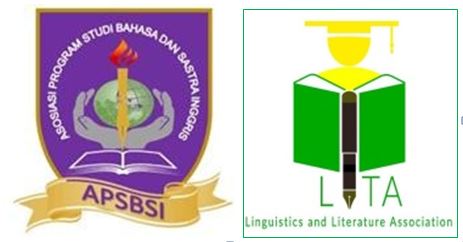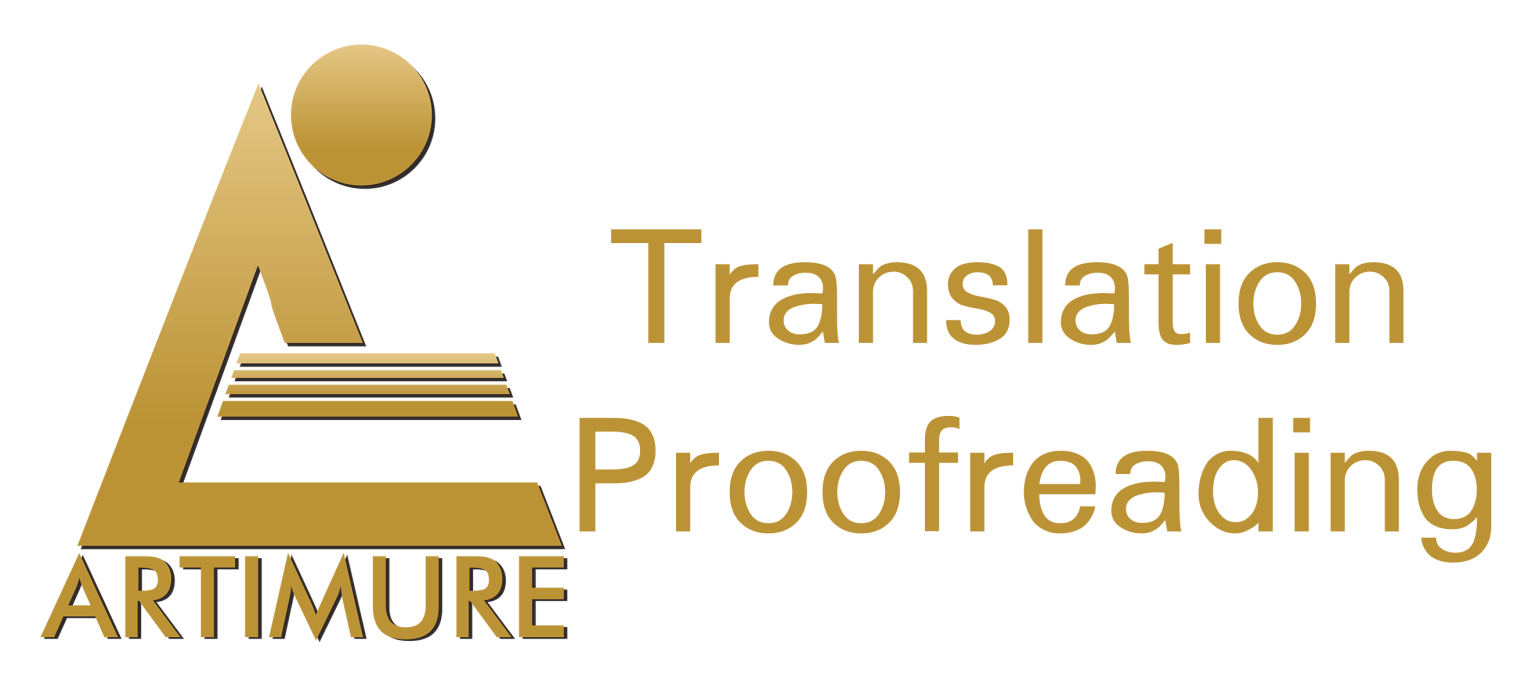Phonics Reading Strategy: An Alternative Strategy to Improve EYL Students’ Reading Skill
DOI:
https://doi.org/10.31849/utamax.v1i2.6353Keywords:
Pre-experimental Method, Phonics Strategy, Reading Skill, EYLAbstract
The introduction of English to young learners has been implemented for a long time with various strategies and approaches. However, not all of strategies the teacher used were successful in being applied in the classroom. Based on pre-observation, the students’ reading interest is low due to difficulty understanding the text. They have difficulty understanding sentences, and students can only find the meaning of the sentence or only understand the text content's outline. The present study aims to determine whether reading phonics strategy can improve students reading skill in second-grade of SMP Negeri 2 Sumarorong. The study used a pre-experimental method in one class given a pre-test and a final test. The population is the second-grade students and this study used a total sampling technique. The result of the data shows that the mean value in the final test is greater than the mean value of the initial test (79.52>60.800), and the t-test value is greater than the t-table value (12.046>2.046) at the level of increase of 0.05, with degrees of freedom (df) 24. This increase can also be seen from the post-test result, which is greater than the pre-test score. This evidence highlighted phonics reading strategy can improve students reading skill.
References
Amadi, E. A., & Offorma, G. C. (2019). O Effects of Two Phonics Instructional Modes on English as
Second Language Learners’ Achievement in Reading, Studies in English Language Teaching, 7(2), 236-245.
Cavalli, E., Duncan, L. G., Elbro, C., El Ahmadi, A., & Colé, P. (2017). Phonemic—Morphemic dissociation in university students with dyslexia: An index of reading compensation?. Annals of dyslexia, 67(1), 63-84.
De Freitas Jr, P. V., da Mota, M. M. P. E., & Deacon, S. H. (2018). Morphological awareness, word reading, and reading comprehension in Portuguese. Applied Psycholinguistics, 39(3), 507-525.
Gray, C., & Climie, E. A. (2016). Children with Attention Deficit/Hyperactivity Disorder and Reading Disability: A Review of the Efficacy of Medication Treatments. Frontiers in psychology, 7, 988. https://doi.org/10.3389/fpsyg.2016.00988
Hismanoglu, M. (2016). A study on English preparatory program EFL learners’ beliefs about language learning in relation to gender, second foreign language knowledge and foreign country experience. International Journal of Applied Linguistics and English Literature, 5(5), 109-118
Lucker, J. R. (2018). Phonemic Awareness, Reading Abilities, and Auditory Processing Disorders. Assessment, Management, and Treatment, 391. San Diego, CA : Plural Publishing, Inc.
Menin-Sicard, A., & Sicard, E. (2017). Phono-articulatory disorders and intelligibility: role of lingual and palatal reading. Rééducation orthophonique. 231, 203-226
Mingazova, N. G., Subich, V. G., Al-foadi, R. A., & Zakirov, R. R. (2018). Cognitive bases of phono-grammar in russian and arabic. Amazonia Investiga, 7(13), 162-167.
Paris, A. S. (2019). Phonics Approach in Teaching Reading. International Journal of Multicultural and Multireligious Understanding, 6(3), 204-210.
Retnomurti, A. B., Hendrawaty, N., & Nurhayati, N. (2019). Strategi Pengenalan Membaca Phonics Method dalam Pengabdian kepada Masyarakat di Jakarta Selatan. JPP IPTEK (Jurnal Pengabdian dan Penerapan IPTEK), 3(1), 15-24.
Robertson, E. K., & Deacon, S. H. (2019). Morphological awareness and word-level reading in early and middle elementary school years. Applied Psycholinguistics, 40(4), 1051-1071.
Saeidmanesh, M., Hajavi, H., & Moradi, V. (2018). Evaluation of phonological awareness training on reading improvement and skills. Auditory and Vestibular Research, 27(4), 208-214.
Suganda, L. A. (2015). Teaching reading for young learners in EFL context. Journal of English Literacy Education, 2(2), 116-125.
Wade-Woolley, L., & Heggie, L. (2016). The contributions of prosodic and phonological awareness to reading. Reading and Writing, 29, 1-12.
Zein, S. (2017). The pedagogy of teaching English to young learners: Implications for teacher education. Indonesian JELT: Indonesian Journal of English Language Teaching, 12(1), 61-77.










